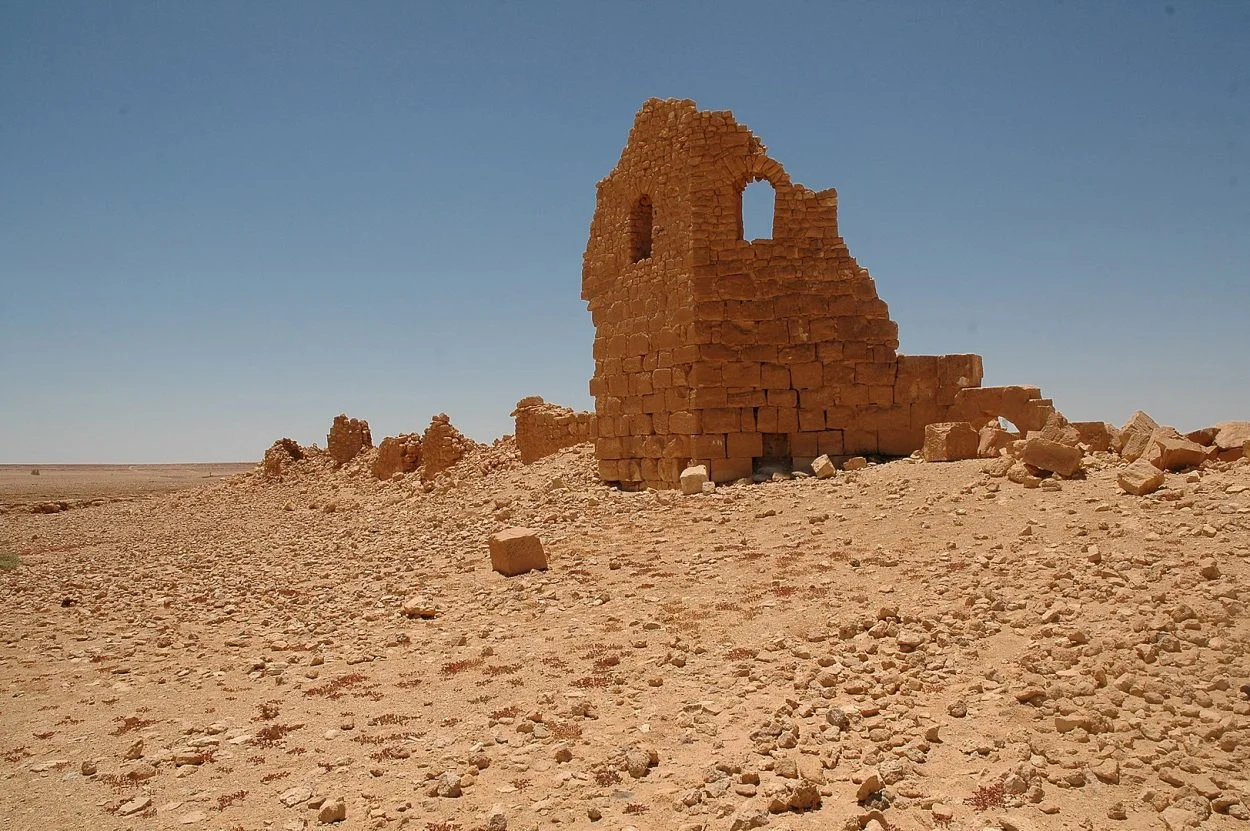The Limes Africanus refers to a series of fortifications and defensive lines that delineated the southern border of the Roman Empire in Northern Africa.
There is no supporting text to propose that each of the Limes operated as a singular or coordinated defensive line, nor was the North African Limes ever referred to as Limes Africanus by the Romans (modern invention).
The Limes served to protect the coastal provinces from raids by the native peoples of the Sahara, and to control trade through taxation of goods that came from Sub-Saharan Africa.
Unlike the Limes in other parts of the Empire that had continuous border fortifications, the Limes Africanus consisted of several independent sections from different periods in Roman history, including the Fossa regia, the proposed Fossatum Africae, the Limes Mauretaniae, the Limes Tripolitanus, and a fossatum located in Tunisia.
The Fossa regia, also called the Fosse Scipio is arguably the earliest of the North African Limes, constructed by the Romans after their final conquest of Carthage at the end of the Third Punic War in 146 BC, that marked the border between the conquered Roman territories and the Berber kingdom of Numidia.

The proposed Fossatum Africae was first mentioned by the co-emperors Honorius and Theodosius II to Gaudentius, the vicarius Africae, in AD 409, and in the Codex Theodosianus, although the construction date of the Limes is unknown. According to Col. Jean Baradez who surveyed the northern regions of present-day Algeria and Tunisia, the Fossatum Africae consisted of at least four segments.
The Limes Mauretaniae was part of the north-African borderline between the Atlantic coast in the provinces of Mauretania Caesariensis and Mauretania, and present-day Tunisia. The Limes was not a continuous fortified border due to the considerable distance and terrain, instead, it was a system of barriers in the valleys of the Atlas, and sections of fossata, ramparts, and forts.
The Limes Tripolitanus was built sometime after the reign of Caesar Augustus in the south of what is now Tunisia and the northwest of Libya, to defend the Roman cities of Tripolitania (Oea, Sabratha and Leptis Magna) against raiding Garamantes.
During Diocletian’s reign (from AD 284 to 305), the Limes Tripolitanus was partially abandoned, and the defence of the area was delegated to the Limitanei soldiers in frontier districts. The Limes Tripolitanus survived as an effective defence though to the Byzantine period, where it was restructured in AD 533 by the Byzantine Emperor Justinian.
Header Image – Wadi-Skiffa-Clausura on the rear of the Limes Tripolitanus – Image Credit : Mohatatou – CC BY-SA 4.0





